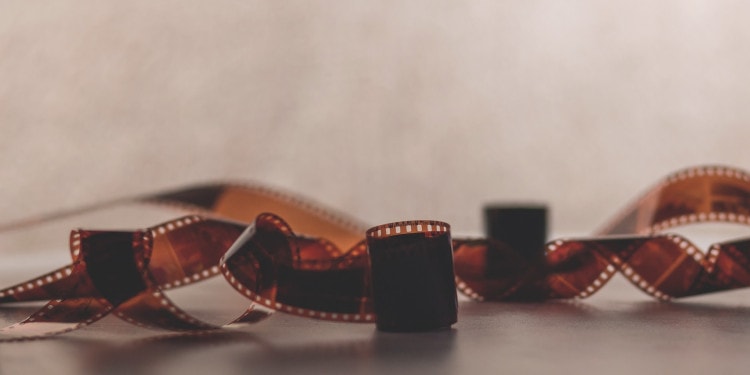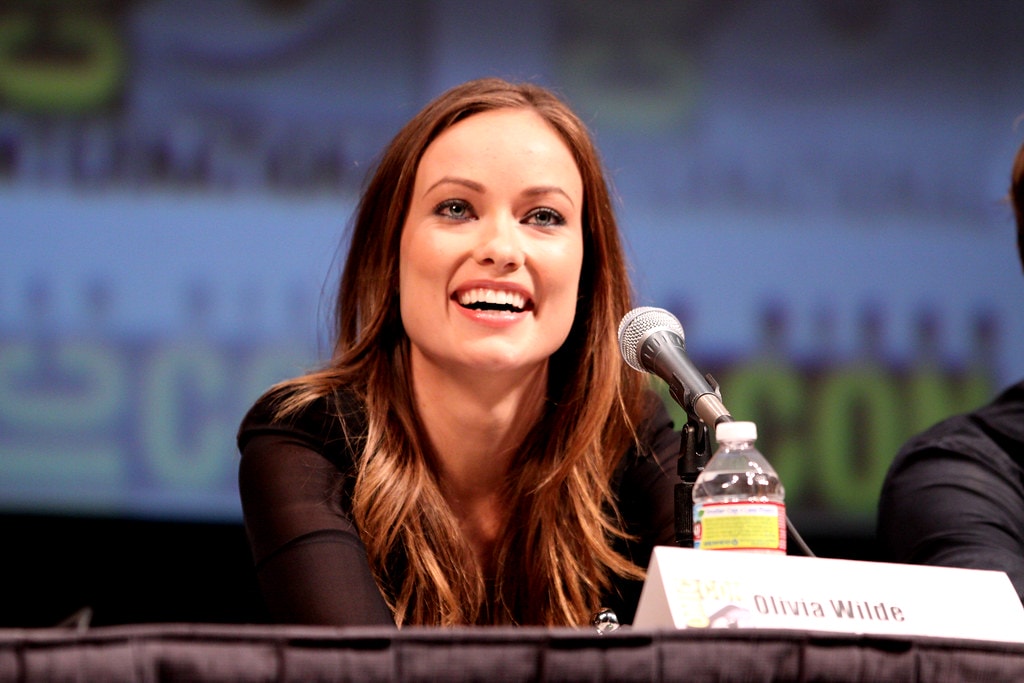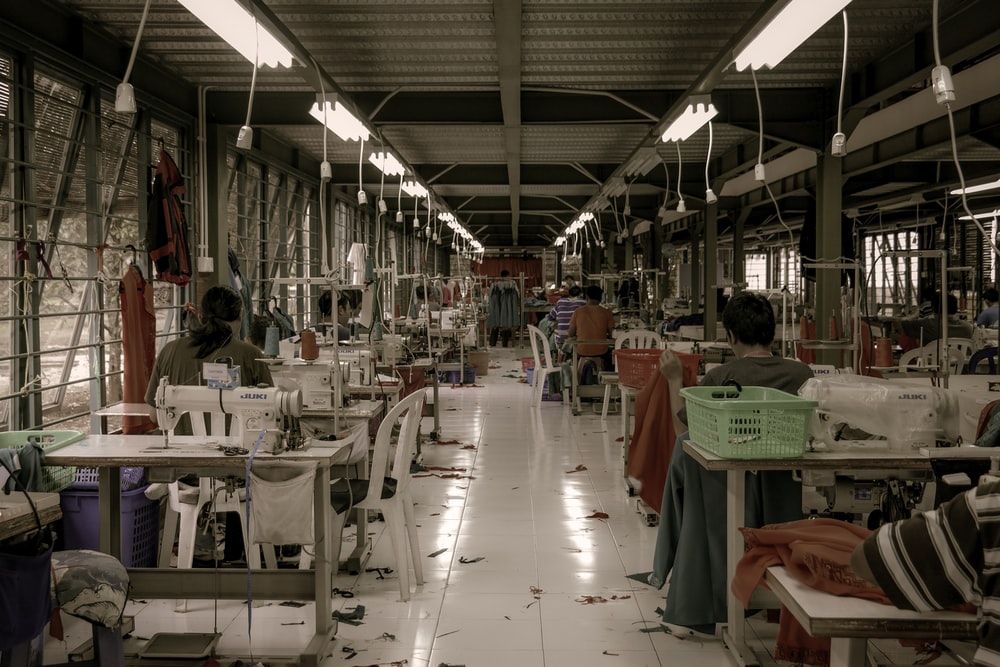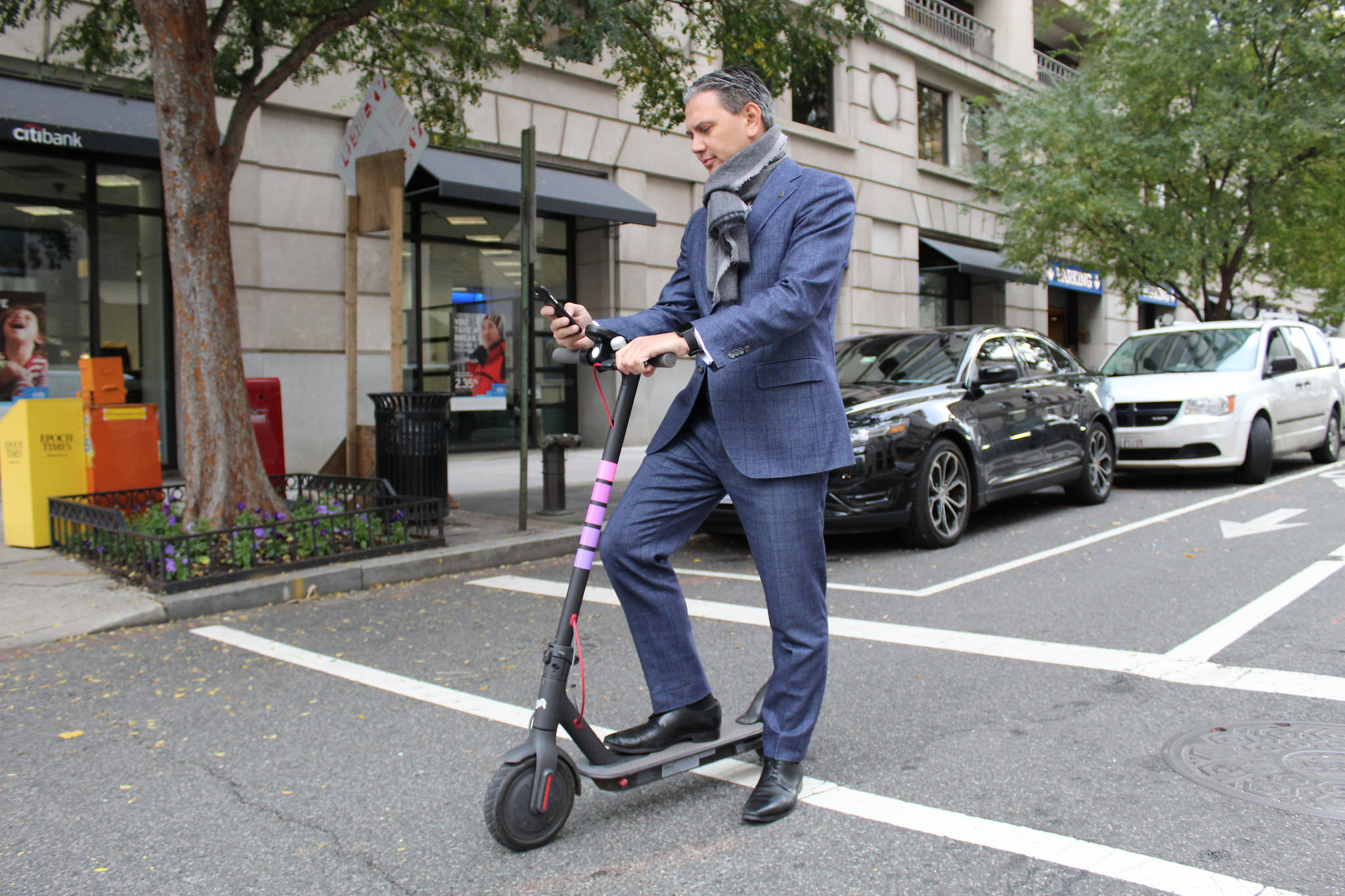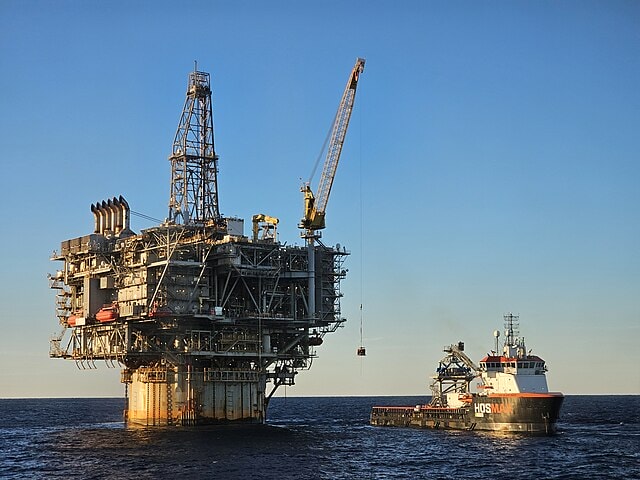Why does filmmaking take such a long time? At the end of the day, the equipment is so accessible and the talent so flexible that it should be fairly easy, right? But still, the process of making a film often takes years, even when one has a big budget to play with. Why is the process so long even though the technology is so advanced? In this article I will analyse the reality of the film making process and explore why it often takes such a long time before the movie is out.
A lot of people with diverse talents need to come together to make a film happen. However, before the audience can enjoy and appreciate the film on a big or small screen, a lot needs to happen.
In reality, more often than not, it takes years before the filmmaker manages to pull a project off the ground. The truth is that to make any type of film a lot of determination and self-discipline is required from filmmakers; to stay focused and to push through hard times when nothing seems to be going the way they wanted, hoped, and dreamed off.
Putting a camera in front of the actors and recording them is not the only thing that we filmmakers do, even though sometimes it may look like it. Making a film is so much more than just having the right equipment, actors, and locations. Of course, those are vital, but before the equipment can be hired, actors cast and a location scout sent out to look for the right location, a lot must happen. 
Photo Credit: StockSnap
At first, a writer has to come up with an idea. Some writers like pitching their ideas to friends, colleagues, or anyone who will listen to make sure the idea is worth developing. If the feedback is positive enough, it gives the writer a confirmation that the idea is worth developing. This is the moment the writer begins to develop the plot, the characters, the story and the long re-writing process kicks in.
If the pitch is not working, then, well, the writer needs to go back and work on re-writing that pitch or move on to a different idea. Developing a script is very time consuming and some writers prefer knowing that the pitch they work on is actually going to be worth the effort. Some writers skip the pitching process altogether and focus only on developing the script.
Often the best scriptwriters in the world start with developing an idea, followed by an outline or treatment, before sitting down and writing the 120-page script. For me, the more time I spend developing the idea before sitting down to write the script, the easier and faster the script writing process is. Writing a script and then its re-writing takes plenty of time, and you need to find what works best for you.
During the development stage, it is not uncommon for writers to try to attach a producer or a director to the project. At times, writers work with producers and/or directors while developing the pitch. Sometimes writers (or a writer-producer or writer-director team) go and pitch their idea to studios or networks in hope to be picked up by one and be paid to write the pilot for the show or script for the film. Many people have written about selling scripts and ideas to studios and networks, so if you are interested in this subject, you can easily find fairly solid advice online.
If the writer doesn’t have the director or producer attached, they will start looking for one once the script is more developed (maybe on the 3rd – 4th draft). Finding the right producer and/or director isn’t only hard but usually takes a long time.
Photo Credit: StockPic
In my opinion, working on the set is a rather intimate experience. That’s why it’s important to find collaborators that are going to be right for you and your project. Not every director or producer is right for every project. You need to have chemistry, understand one another, and always work towards making the film a reality at first (getting the funding) and then making the film as best as possible. Working together just for the sake of working together can be a very stressful experience, especially when your producer and/or director have a very different film in mind to what you have envisioned in your script.
When the key players are roped in, it’s time to look for the cast and financing, if you haven’t done that yet. From the moment the producer and director get involved, they will carry most of the production and organisational duties themselves. The writer doesn’t usually get involved in the production process, unless they’re also one of the producers and thus responsible for making sure the production runs smoothly, on time and on budget.
If you have managed to attract and involve a well-known actor in your project, it will be a gazillion times easier for you to get the financiers on board.
If you are doing a small indie film, most likely your director and producer will start looking for the cast and crew online and through recommendations, since they will have no access to well-known actors.
Indie films, especially shorts are usually self-financed. Government grants, tax relief schemes, angel investors, and crowdfunding are also popular ways to get the film off the ground, but it takes time to get everything in place.
In Europe, we have the Media Desk, which helps with the financing of audio-visual projects across the EU. Countries that are part of the EU usually have their own regional/local film financing bodies as well as their own regional/local tax relief breaks. To be awarded a tax relief or the regional/local funding, the production often needs to meet certain requirements such as: hiring local talents, shooting most of the photography locally or complete the post-production in that region. Sometimes you can get production or development money from TV stations especially if you are working on a documentary. However, this said, the development grants are usually minimal and don’t go far.
Many indie filmmakers self-finance their project from start to finish. To complete a self-financed film, the filmmakers have to wear many hats and do many jobs on their own, especially if they cannot pay other creatives to do the jobs.
Let’s recap what we have so far: we have a script, a producer and/or a director are involved, the production is already in the process of looking for actors and the money to turn the script into a film.
Related Articles:
![]() “WHAT TO EXPECT FROM TOP FILM FESTIVALS”
“WHAT TO EXPECT FROM TOP FILM FESTIVALS”
![]() “WHAT IT TAKES TO BE AN INDEPENDENT FILMMAKER”
“WHAT IT TAKES TO BE AN INDEPENDENT FILMMAKER”
Once some form of financing is secured, it’s time to start pre-production. During this stage, everything and anything that needs doing before the whole cast and crew descend on the set should be organised and put in place. In short, this is your organisational time: you look for the crew and cast, sign contracts, set the dates, find locations, come up with creative solutions to problems, budget, schedule, analyse etc.
As a director, you analyse your script and get ready to work with your actors. As a producer, you need to get the schedule ready to know where and what you will shoot each day. You must monitor the budget closely to make sure that you are not overspending and have enough money to pay everyone; you are also a problem solver and believe me, there is always a ton of problems to be solved before you even set your foot on the set.
During pre-production, a director also must work with the heads of all the other production departments (director of photography, costume designer, art director etc.) to make sure that everyone knows the vision and is on the same page. All the heads of departments use this time to come up with creative and cost-effective solutions to make the film as fantastic as they possibly can.
Having cast the main characters now, it’s time for the casting director to look for actors for smaller roles. At times the director is directly involved in that casting but sometimes he/she just watches the tapes which the casting director recorded and makes decisions based on those tapes.
Pre-production periods differ in length and often depend on the size of the production and the production budget. The more money you have, the more time you have for every stage of the production. Also, the more money you have, the bigger the crew you will have, and the faster the whole production process will become.
Once pre-production is over, it’s time for the production to kick off. Before it can do so, the shooting schedule, locations, pickups need to be finalized. Of course, it doesn’t mean that there will be no changes; most likely there will be at least some. Sometimes even the main characters get recast during the production. At this stage, it is easy to go over budget when one is not careful.
It’s always a race against time and money. Always something needs fixing right away and multiple problems pop out on a daily basis. That’s why you must be as prepared for the production as you can, so when challenges come your way, you know you can handle everything.
For the shoot to be successful, everything needs to work perfectly well, like in a good old-fashioned watch. I always feel that shooting is the most challenging of all the production stages. It’s always a race against time and money. Always something needs fixing right away and multiple problems pop out on a daily basis. That’s why you must be as prepared for the production as well as you can, so when challenges come your way, you know you can handle everything.
For us, independent filmmakers, time and money are always so limited that we end up working for twenty or so hours a day just to get enough coverage to make the story work. A film set is a fast-paced environment, where decisions have to be made on the spot, and all of them will influence the final product.
Once the film is shot (in the can), the post-production process begins, which means that the film will be edited and re-edited, until the director is happy with the cut. The music and the soundtrack will be composed, the sound cleaned and re-recorded if needed. If there are some additional VFX that needs doing, you will need to have VFX artist doing it before the final edit is locked, the color correction applied and final sound and music tracks mixed.
It takes a long time to do it. If the production has the budget to hire a post-production manager or producer, that person will look after this process and make sure everyone is keeping to their deadlines. If the production has no money, it will usually be the director who needs to keep pushing the post-production forwards.
When the film is ready (I usually advise everyone to start marketing and promotional process as soon as possible, not wait for the film to be finished), it’s time to either send it to film festivals (I have already written about film festivals for Impakter) or start creative distribution. With the development of the Internet, the creative distribution process is an amazing way to put your film out there, create a raving fans base for your work and make money from your films. Creative distribution allows filmmakers to control the distribution process and control the cash flow, which will reach the filmmaker instead of the intermediary, the distributor.
This said, creative distribution is a long process and requires commitment, focus and investment of time from the filmmaker and the whole team. I wrote an extensive piece about creative distribution on my website, so head over to www.magdaolchawska.com for more information.
Photo Credit: Jaime Fernandez
As you can see, film making is not as simple as pointing the camera at the subject and recording the events happening in front of the lens. It takes time, patience, and money to make a film. If you have the right budget early on, the process will be faster because you will be able to hire the right team pretty much from the start. If your budget is very limited, you must be careful with your money and stretch it as far as you can to cover as much as possible.
Before the film reaches the cinema, Netflix, or YouTube, four complex and lengthy stages of production need to take place; that is why the process of making films is so long, so slow, so expensive, and needs a lot of people with different skills. Making films requires great bravery, especially from the indie filmmakers who knowingly embark on this emotional and often unpredictable journey.
In spite of the difficulties and unexpected challenges, I feel that the journey of making a film is always worth taking.


